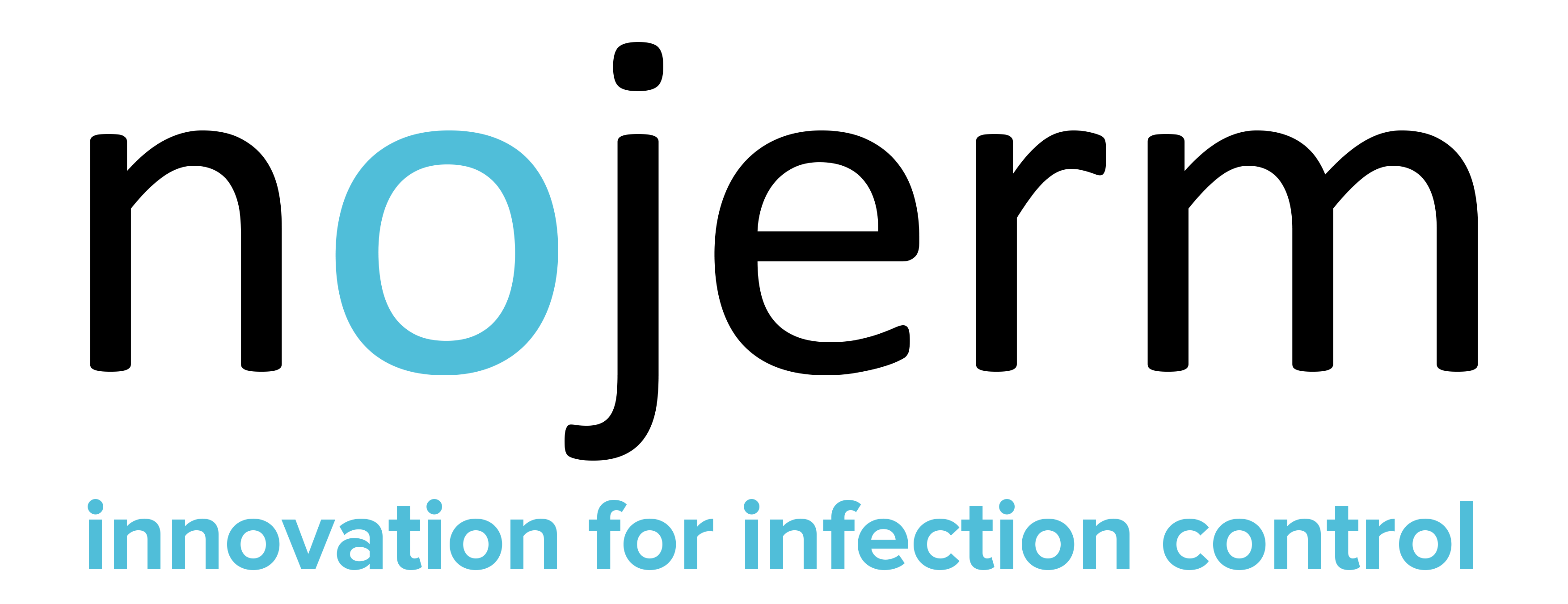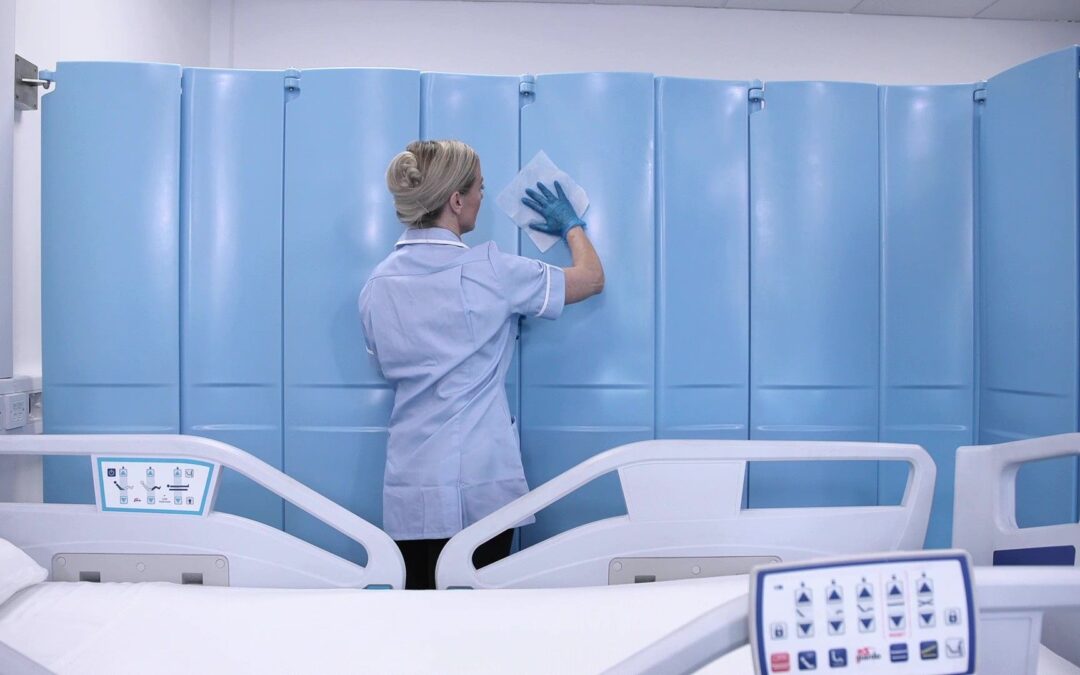Earlier in this debate, we looked at infection control, with a particular focus on antimicrobial technology. While this is a vital element in preventing the spread of bacteria, it will always be a second line of defence to regular and effective cleaning. Here we will compare the methods used to clean both hospital curtains and medical privacy screens, and discuss their practical effects on running a safe and efficient healthcare environment.
Are Disposable Hospital Curtains A No-Clean Option?
Disposable curtains are replaced, rather than washed and reused, but this doesn’t mean they require no cleaning, as regular vacuuming is still required to remove surface dust. Soiled disposable curtains must however be replaced as effective cleaning is not possible.
While disposable curtains are designed to last for up to six months (providing there is no visible soiling), more recent healthcare guidelines recommend hospital curtains are changed more frequently to prevent cross-contamination.
In the most critical areas of patient care, or if there is an outbreak of severe infection, it is even recommended that fresh curtains are used for each patient. In these instances, disposable curtains are no longer a financially sustainable or economic option.
Cleaning Reusable Hospital Curtains
Hospital laundry systems ensure traditional reusable curtains are cleaned efficiently and effectively, and even their antimicrobial properties will survive multiple washes.
These curtains also require regular vacuuming between washes, and if soiling occurs they must be immediately removed and sent to the laundry.
The Downsides of Vacuum Cleaning
We have already seen that both disposable and reusable hospital curtains require regular vacuuming, but this cleaning method has its disadvantages.
Risk of airborne spread
Unless the vacuum cleaner has been fitted with appropriate filters, microscopic particles will be released into the air, increasing the risk of airborne infection and contamination.
Even with filters, the air movement created by the vacuuming process will increase this risk
Risk to cleaning personnel
Emptying collector bags that potentially carry infectious particles places cleaning personnel at risk
Increase in noise pollution
Regular vacuuming increases noise levels that might cause distress in critically ill patients
Do Medical Privacy Screens Scrub Up Better?
When it comes to cleaning, medical privacy screens offer many advantages over curtains. For a start, their rigid panel construction and lockable castors mean they stay in place while they are being cleaned, even when pressure is applied to remove more stubborn marks.
Their close molecular structure makes it harder for dirt to become ingrained in the surface, and easier to remove, compared with the woven texture of curtains.
Using appropriate cleaning and disinfectant chemicals, applied to a cloth or as impregnated wipes, any kind of soiling can be removed from a rigid hospital screen. This can be carried out immediately and in situ, reducing the risk of infection spread through delay and handling. Cleaning with a moist cloth also eliminates the need for vacuum cleaning and its associated risks.
This article is one of a series published by Nojerm, comparing the features and benefits of hospital curtains and medical privacy screens.
The purpose of this debate is to enable hospital facilities teams, ward managers and other healthcare professionals to make an informed decision on which offers the best solution to their needs.
To catch up on previous articles or to read the full debate from the introduction to the summary, follow:

